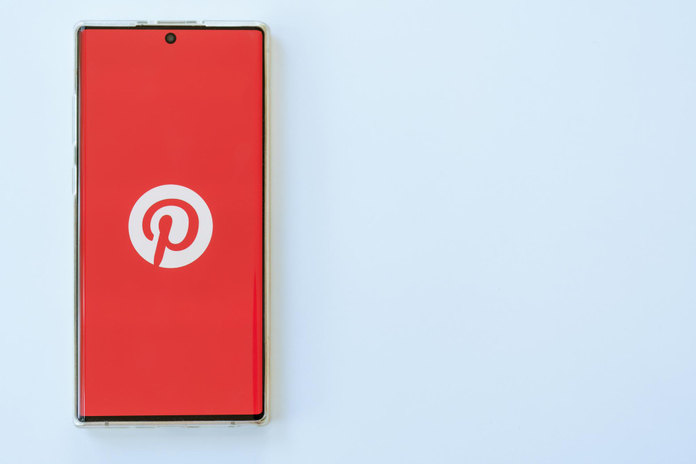Pinterest (NYSE:PINS) shares tumbled nearly 10% on Wednesday following a dismal third-quarter outlook that dashed hopes for a stabilization in its revenues. The company is grappling with heightened competition in the digital advertising space, which continues to hurt its performance despite a broader recovery in the sector.
Pinterest’s Struggles in a Competitive Market
The photo-sharing platform projected current-quarter revenue below analysts’ estimates on Tuesday, struggling to keep pace with larger rivals such as Meta’s Instagram and Facebook and Alphabet’s Google. Although the digital advertising market is bouncing back from a slump seen in 2022 and early 2023, specific weaknesses are impacting Pinterest’s growth trajectory.
Pinterest, based in California, highlighted significant weaknesses in demand from advertisers in the consumer goods sector, particularly food and beverage companies. This decline in ad spend offset strengths in other areas such as technology and financial services.
Analyst Concerns Over Pinterest’s Outlook
“The optics of a lighter third-quarter guide will not help recently growing ad fears, and some will be concerned that food & beverage pressure—which has been isolated—could spread to other verticals with a potentially softer consumer,” J.P. Morgan analyst Doug Anmuth noted. This statement underscores the broader implications of Pinterest’s challenges for the digital advertising market.
Pinterest’s bleak outlook could spell trouble for other smaller ad players such as Snapchat owner Snap (NYSE:SNAP) and ad tech firm Trade Desk (NASDAQ:TTD). Analysts pointed out that 18% of the gross spend at Trade Desk last year came from food and beverage firms, indicating potential ripple effects across the industry.
Morgan Stanley’s Brian Nowak emphasized the risks: “Slowing in ad spend and shifts toward promotions or discounts from food and beverage companies could cause some weakness in the digital ad markets…Ad platforms with fewer advertisers, more branded exposure are more at risk. Snap seems most at risk.”
Market Reaction and Future Prospects
Shares of Snap and Trade Desk were each up nearly 1% on Wednesday after dipping about 2% in premarket trading. However, Pinterest was poised to lose about $2.5 billion in market value, with at least 13 brokerages cutting their price targets in response to the disappointing forecast.
Pinterest faces another challenge from the lack of political ads on its platform, unlike Meta and Alphabet, which are set to benefit from political advertising ahead of the U.S. elections. RBC analysts noted that this could pose a “few hundred” basis points of a headwind for Pinterest.
Broader Implications for the Digital Advertising Sector
The digital advertising market has seen a broad-based recovery, but the uneven rebound is causing concerns. Companies like Pinterest, which rely heavily on specific sectors, are more vulnerable to shifts in advertiser behavior. The decline in ad spend from food and beverage companies highlights this vulnerability and raises questions about the stability of the recovery.
For Pinterest, maintaining and growing its advertiser base in this competitive landscape is critical. The company’s ability to attract a diverse range of advertisers will be key to mitigating the impact of sector-specific downturns.
Looking Ahead
As Pinterest navigates these challenges, its future performance will hinge on several factors. The company’s efforts to innovate and differentiate itself from larger competitors like Meta and Alphabet will be crucial. Additionally, adapting to changes in the digital advertising landscape and finding new revenue streams will be essential for long-term growth.
Investors and analysts will be closely watching Pinterest’s next moves. The company’s ability to address its current challenges and capitalize on emerging opportunities will determine its trajectory in the coming quarters.
In conclusion, Pinterest’s (NYSE:PINS) stock plunge following its muted Q3 forecast underscores the ongoing challenges the company faces in a competitive digital advertising market. While the broader sector shows signs of recovery, Pinterest’s specific struggles highlight the need for strategic adaptation and innovation to secure its place in the industry.
Featured Image: Freepik















